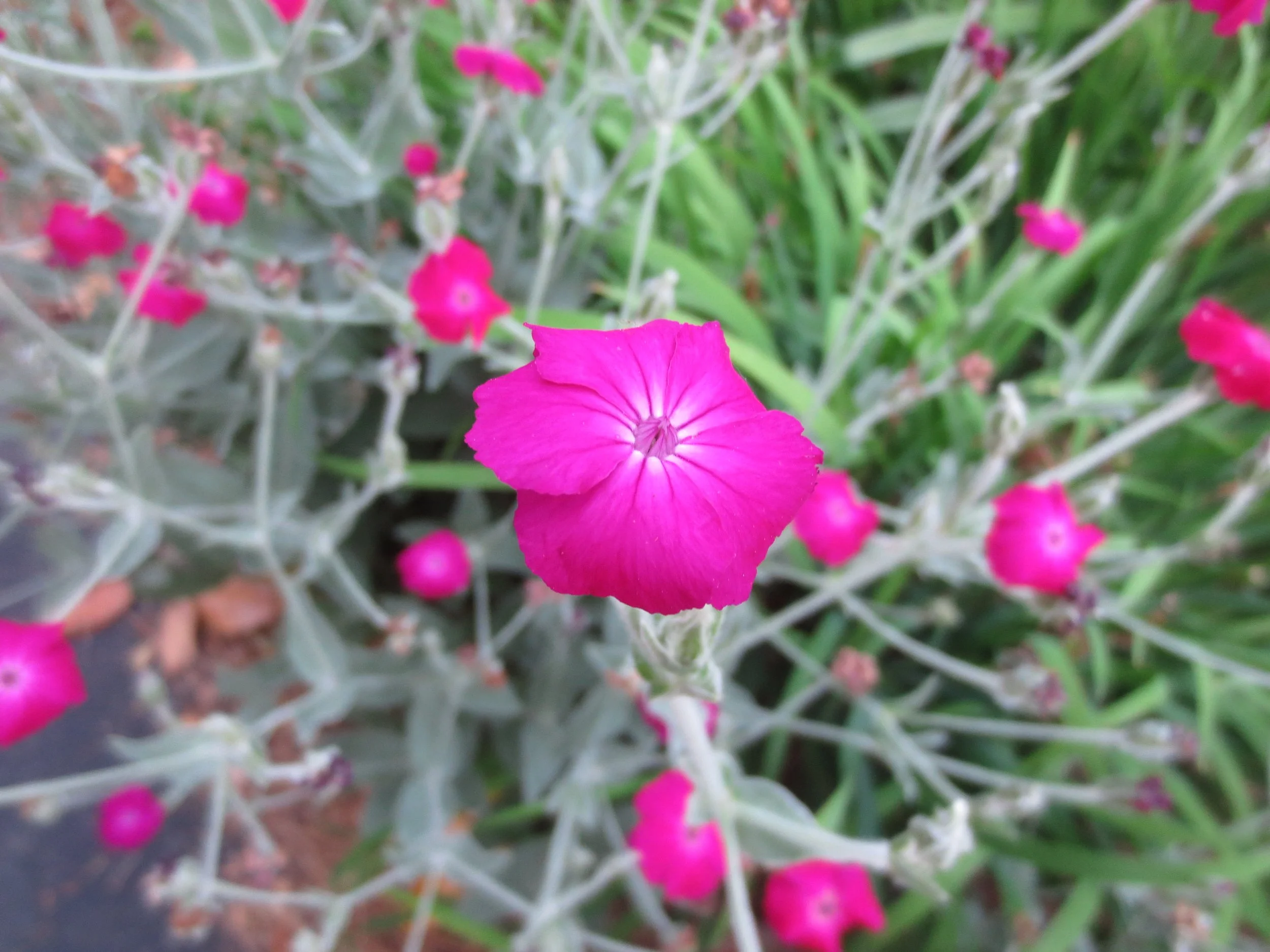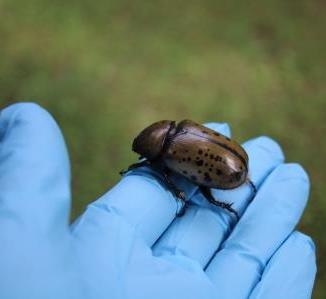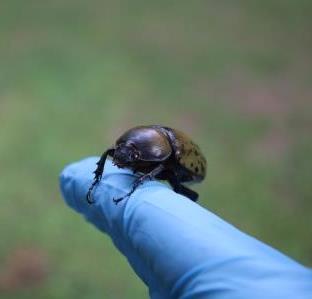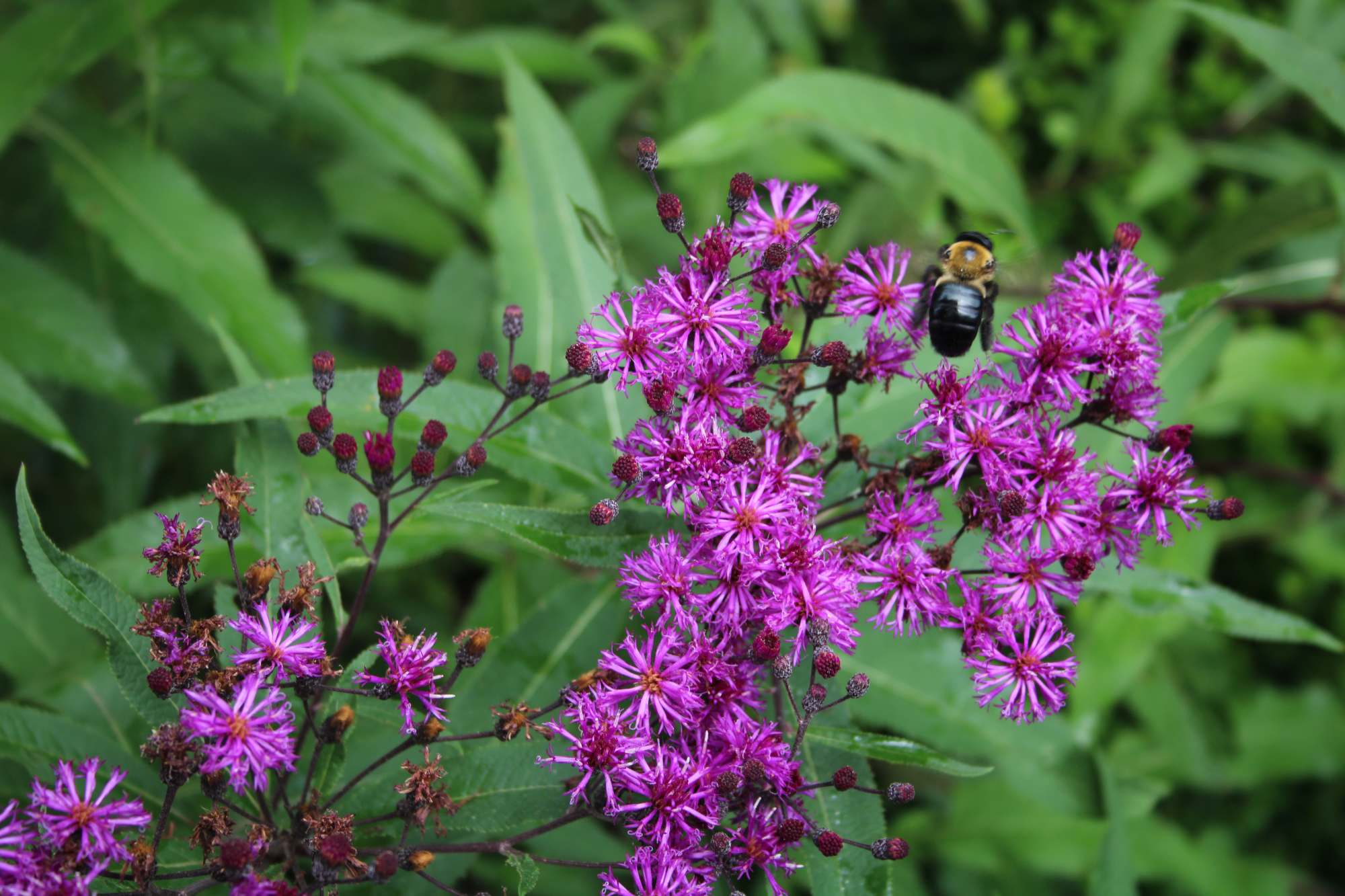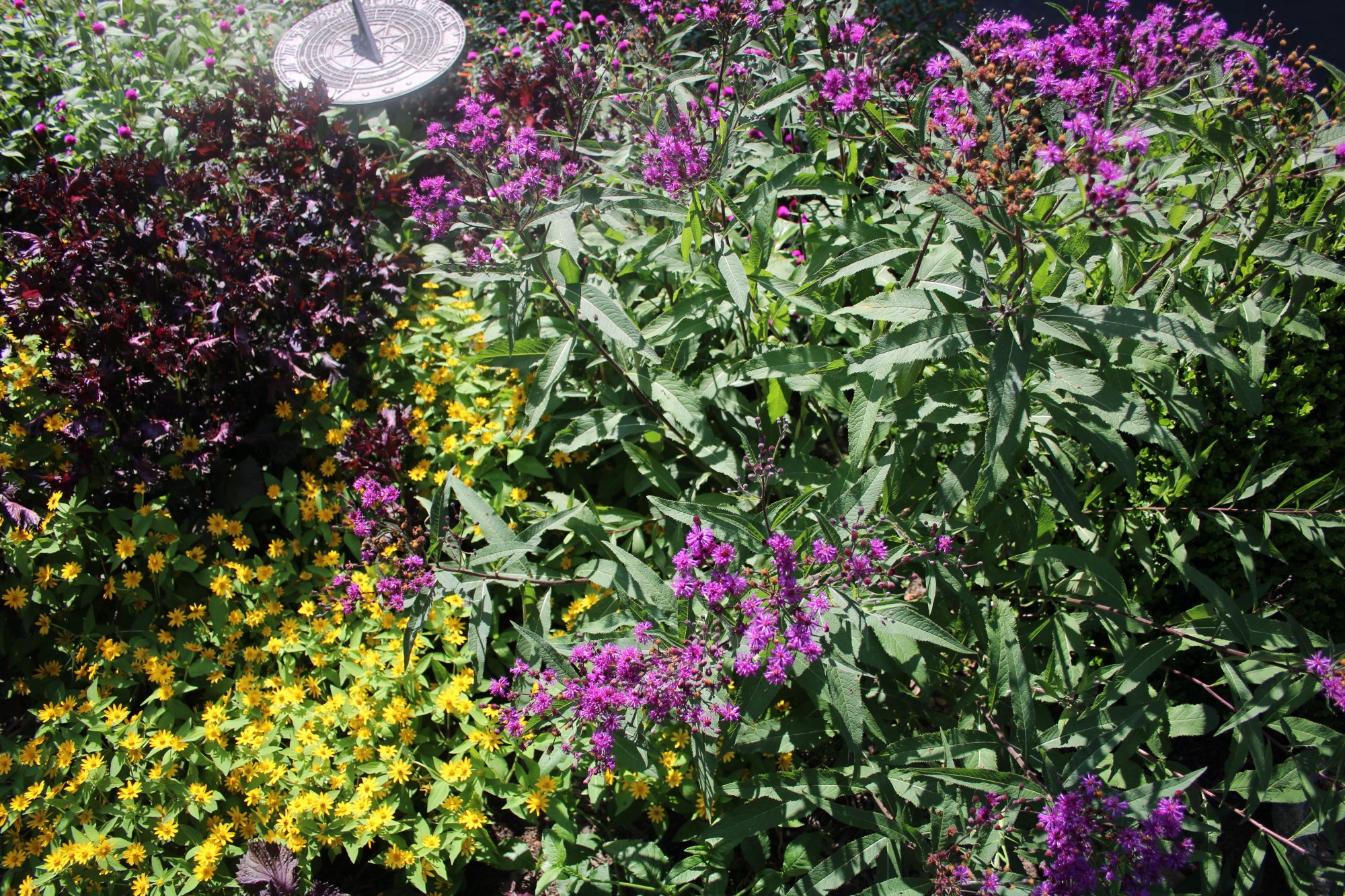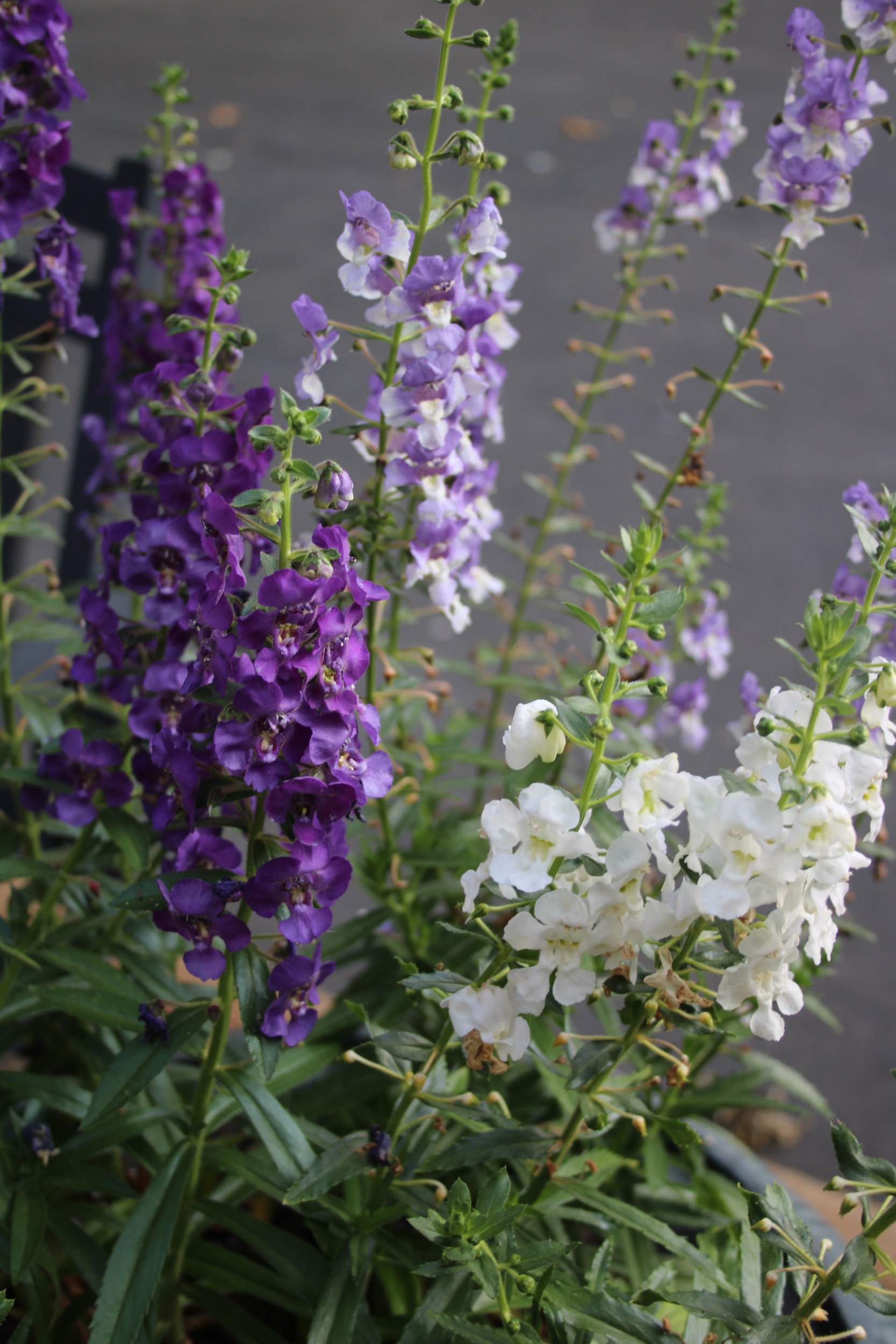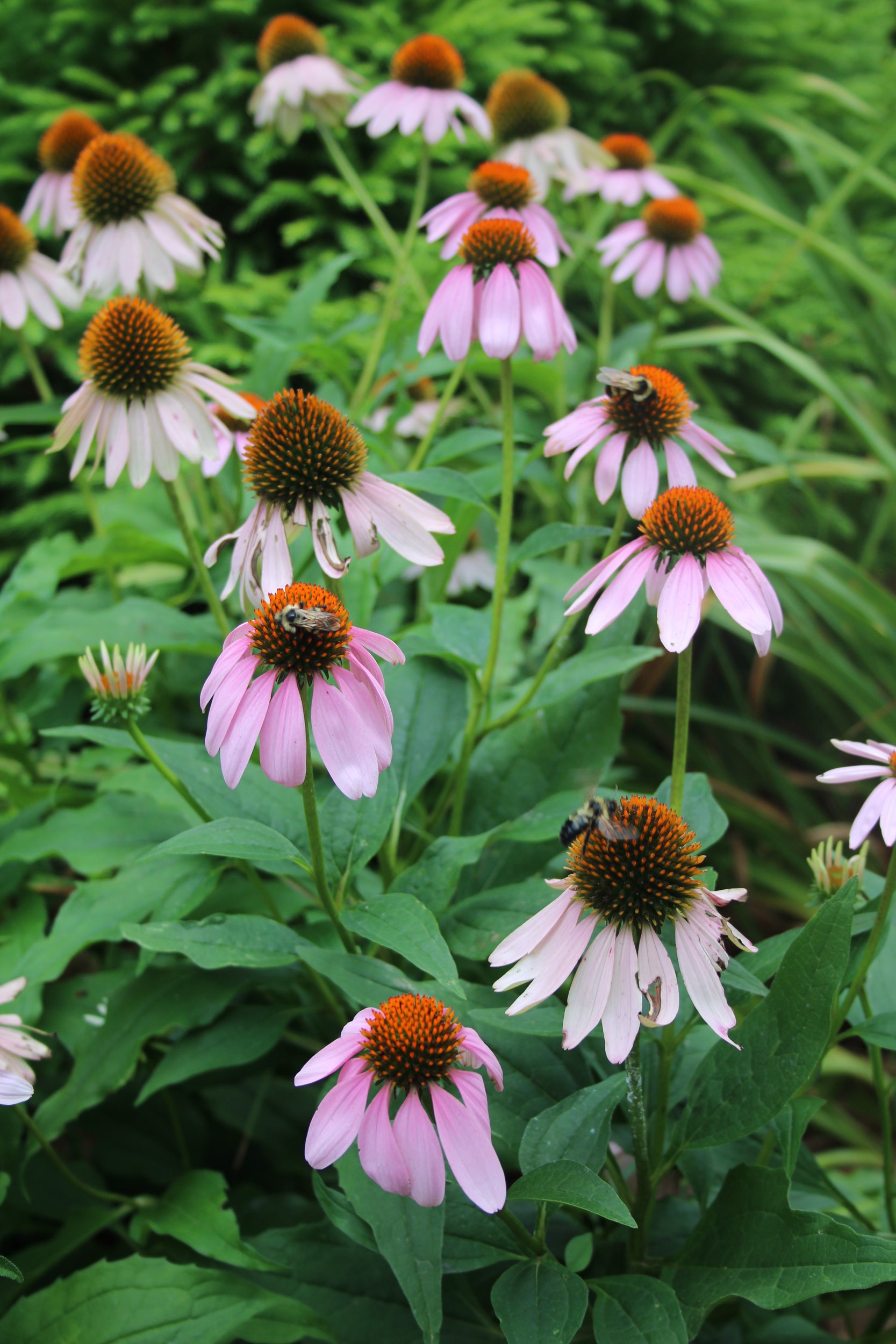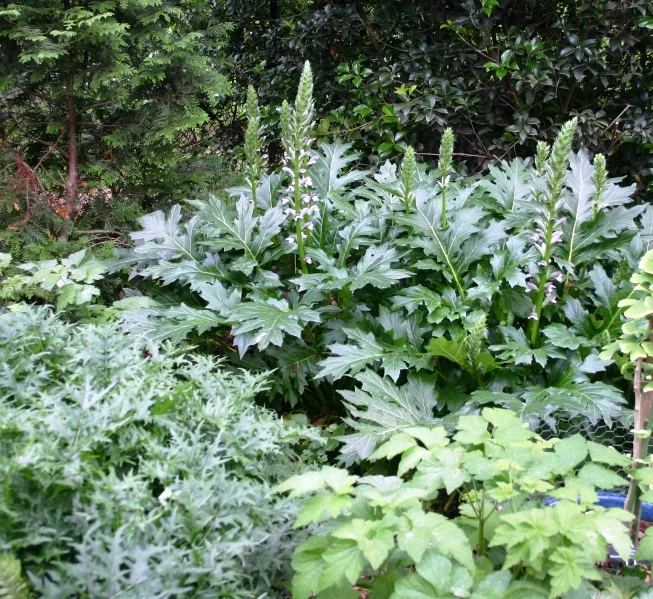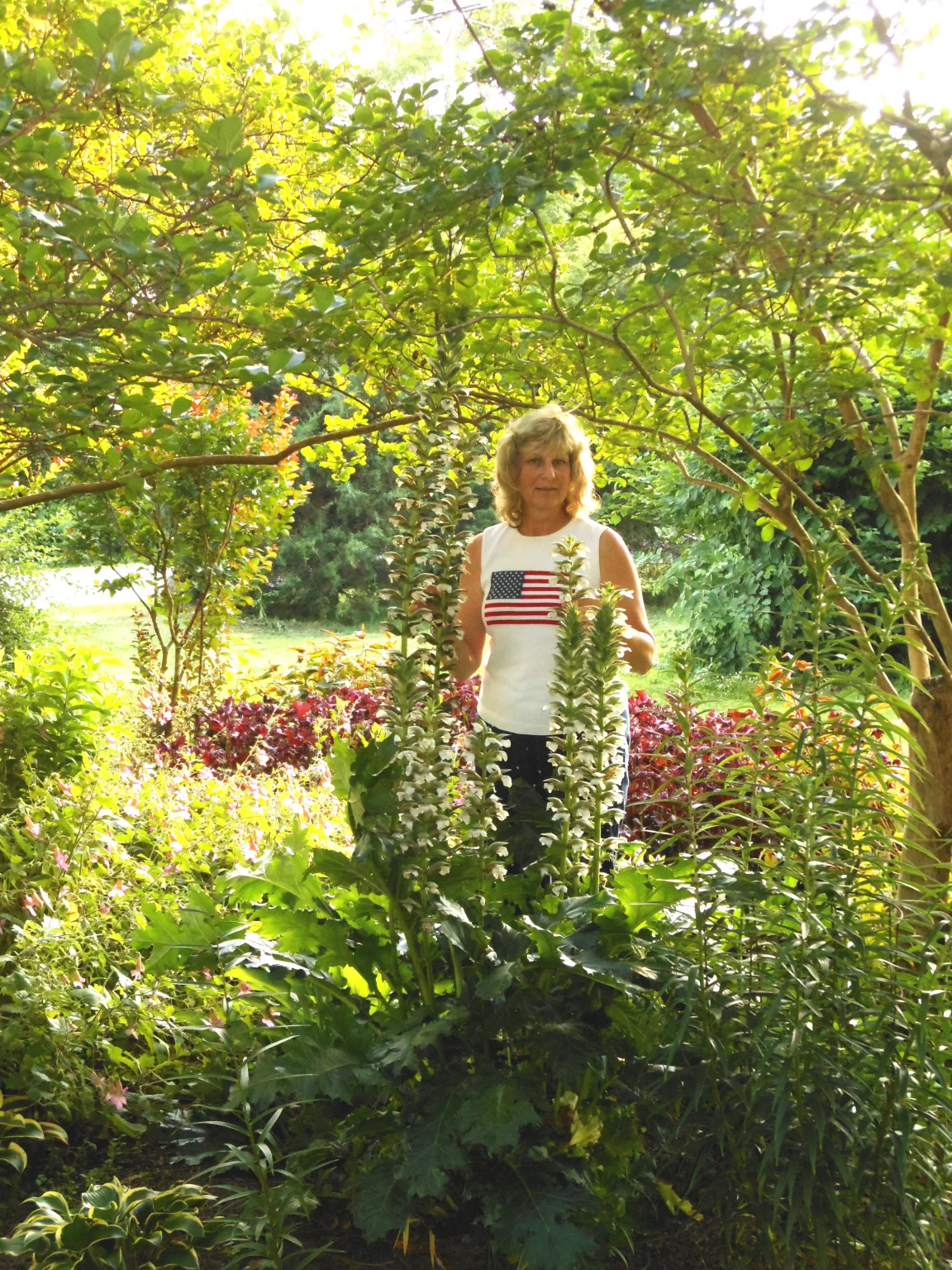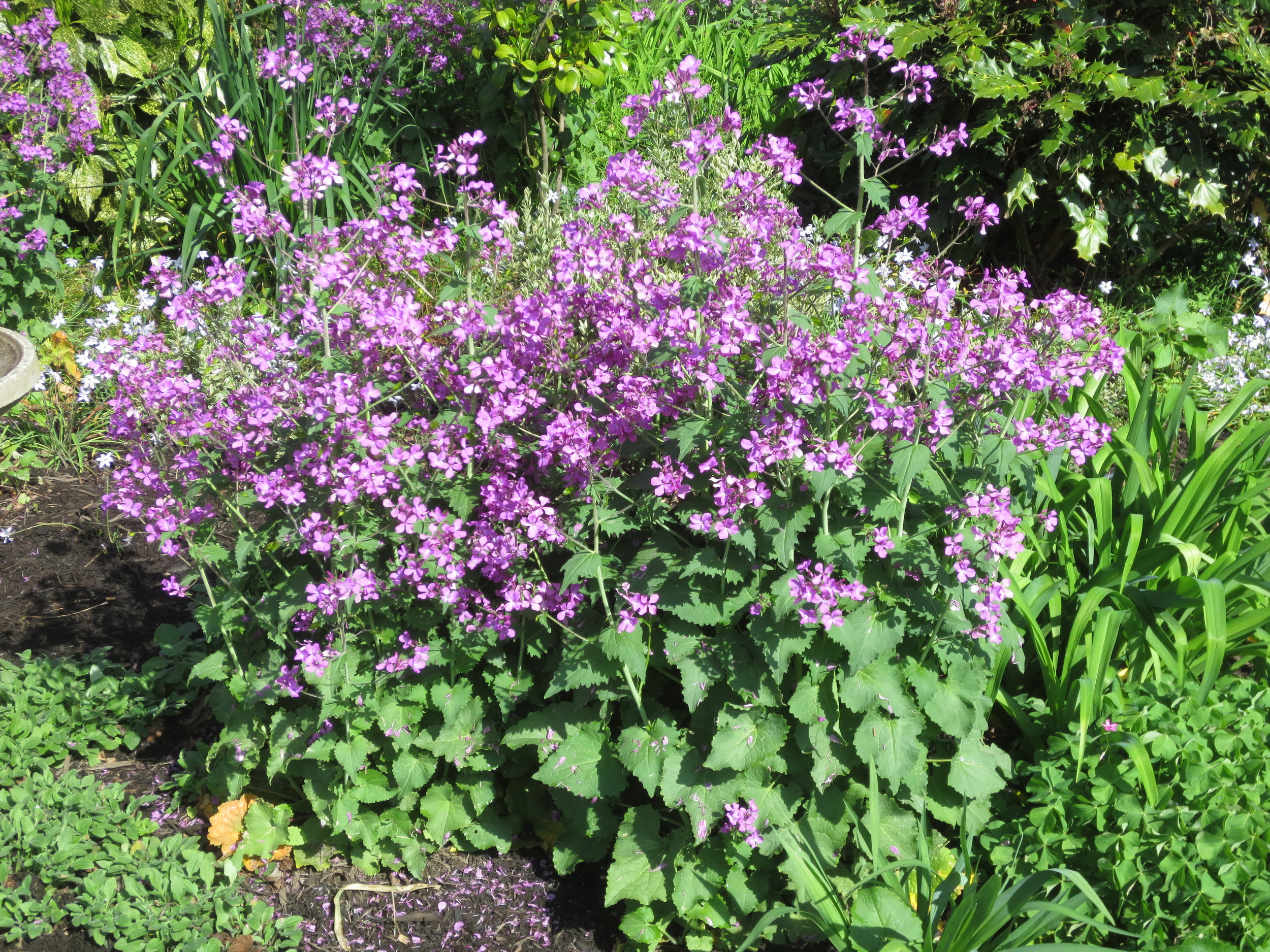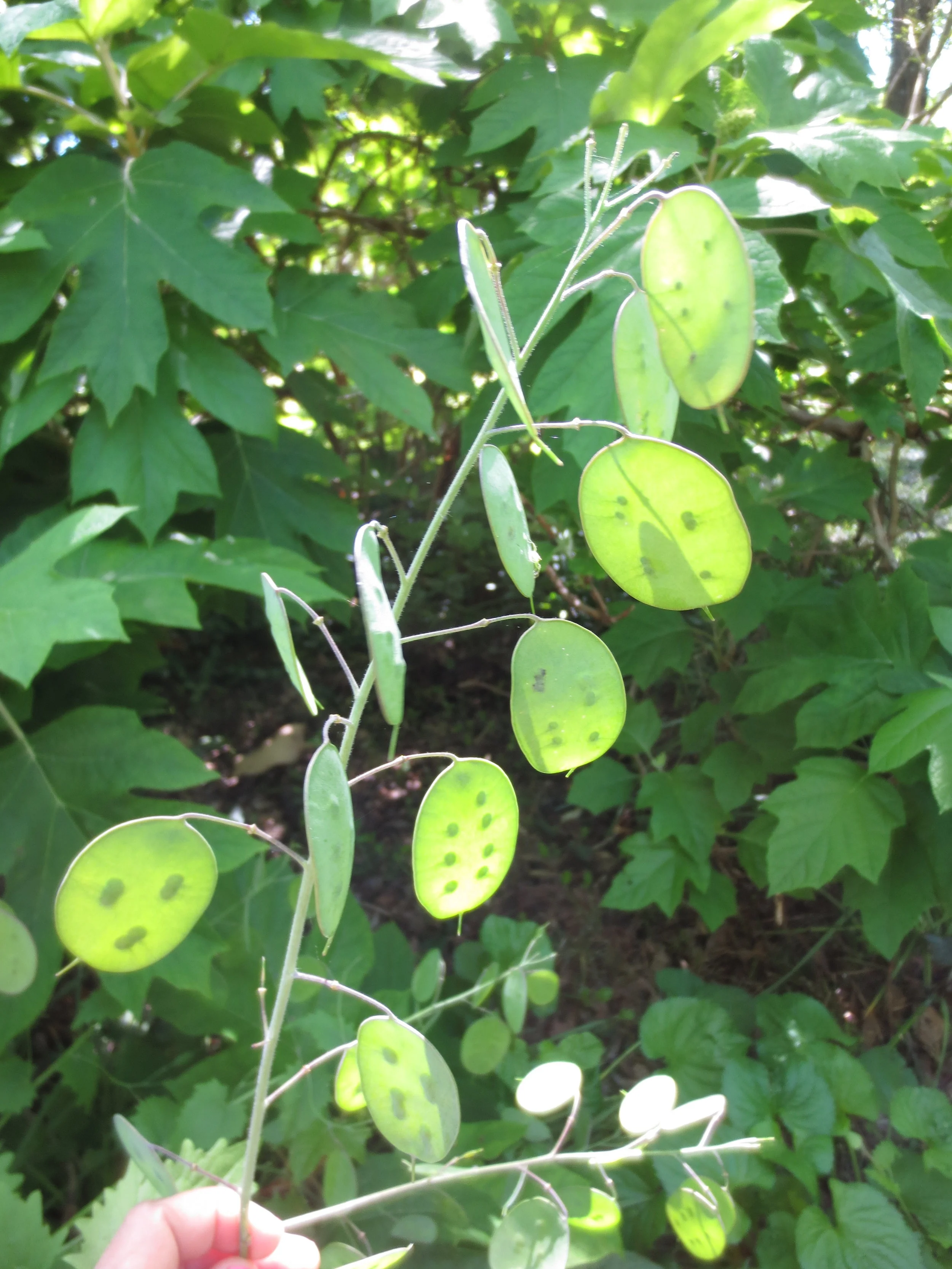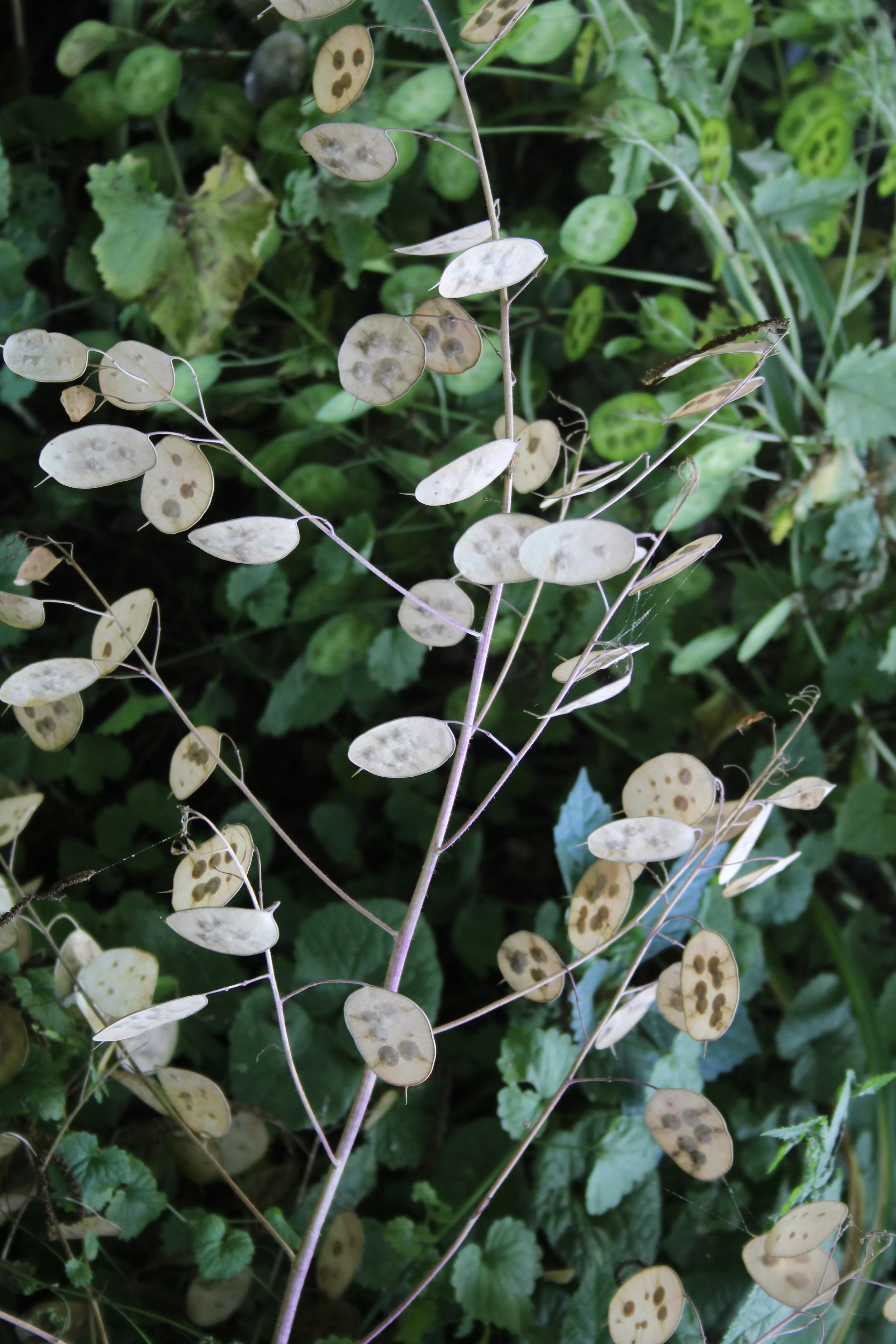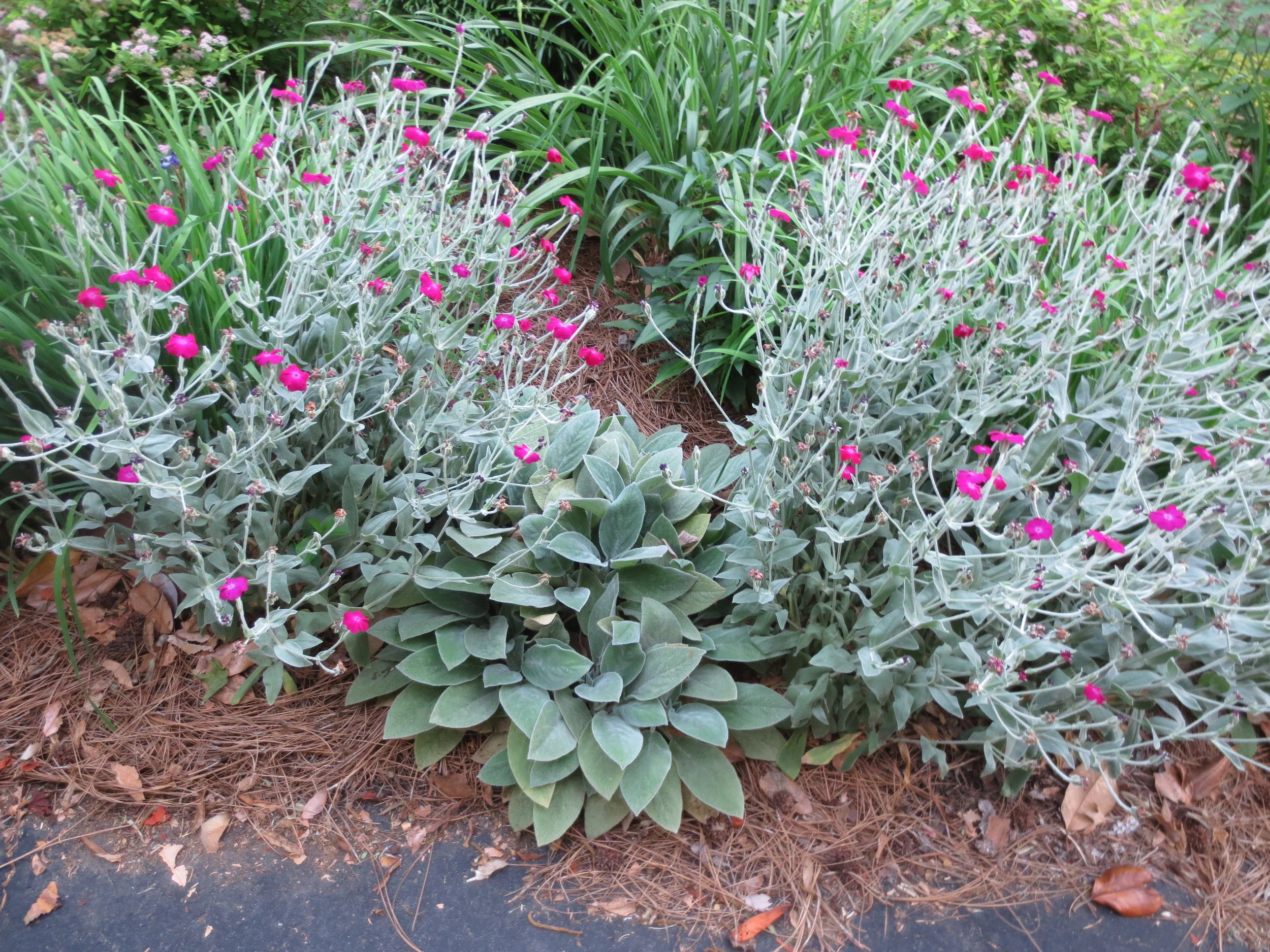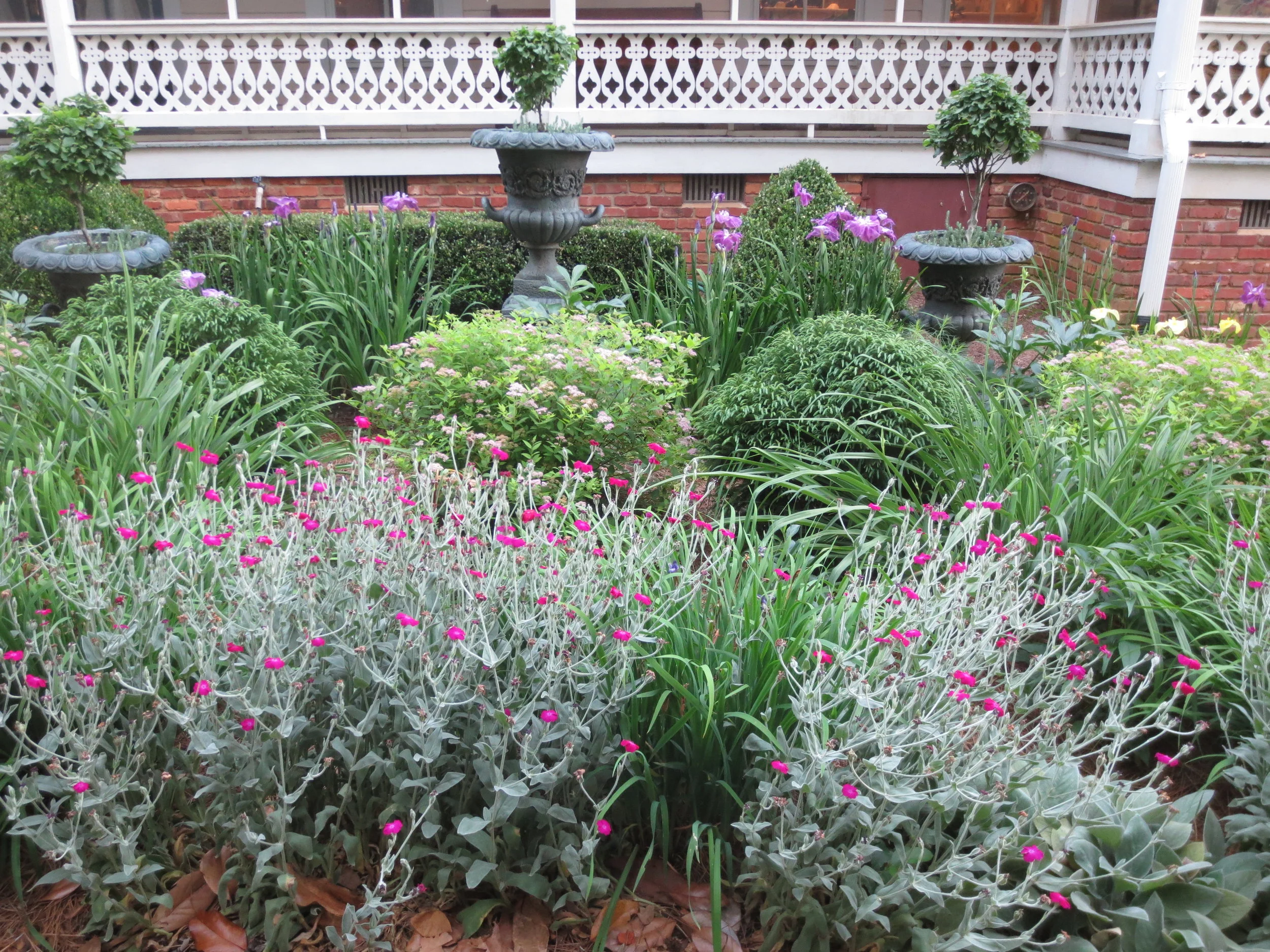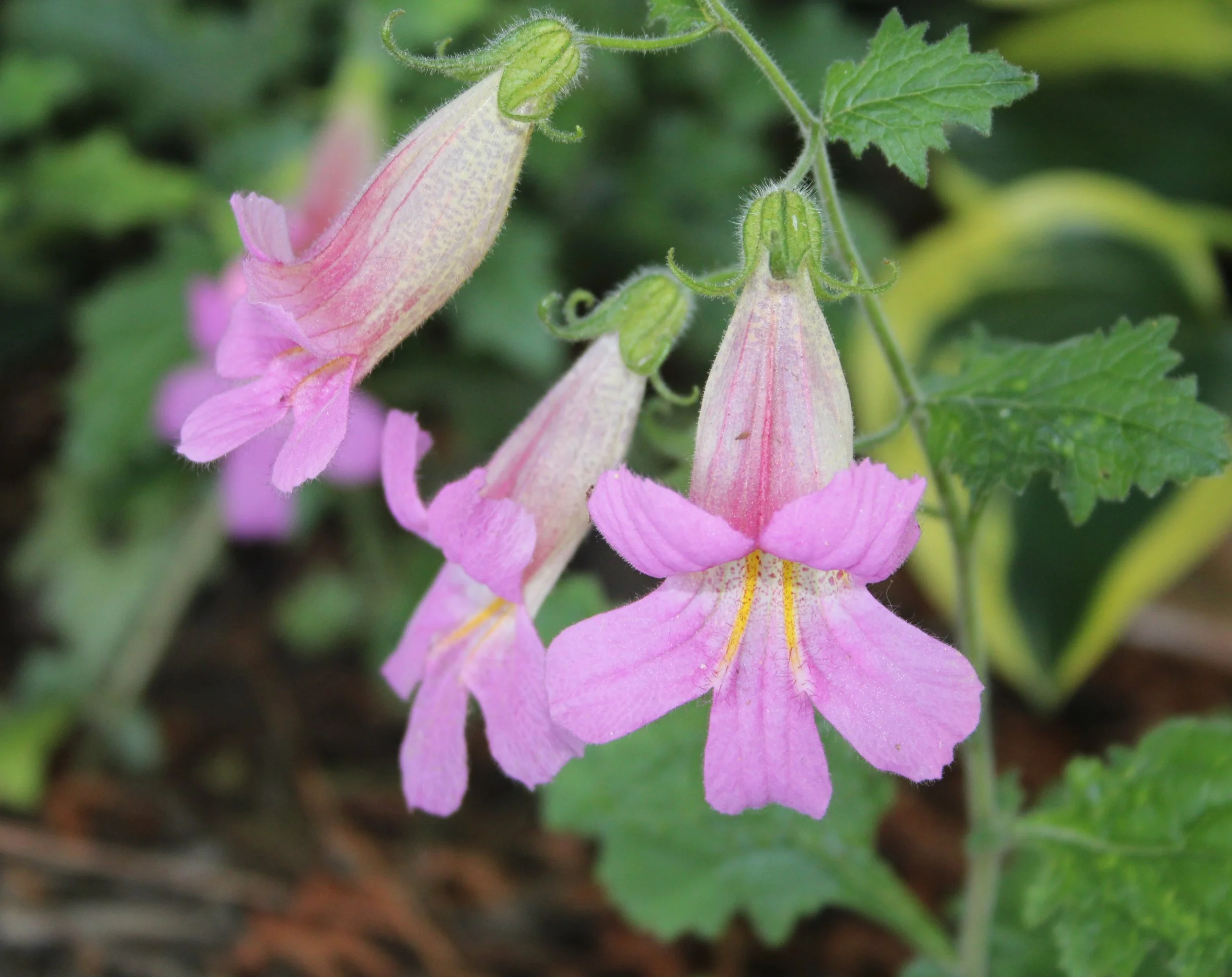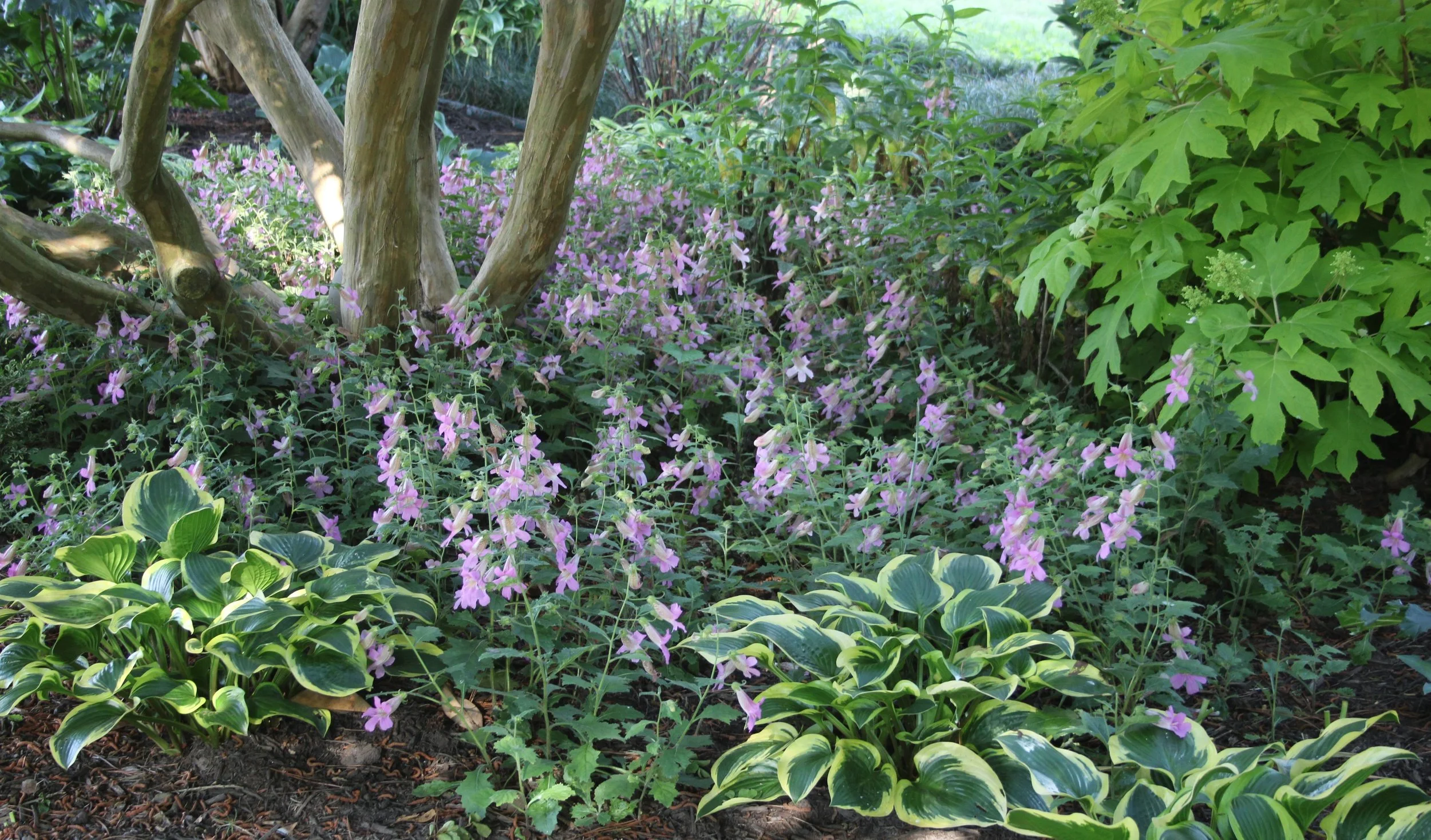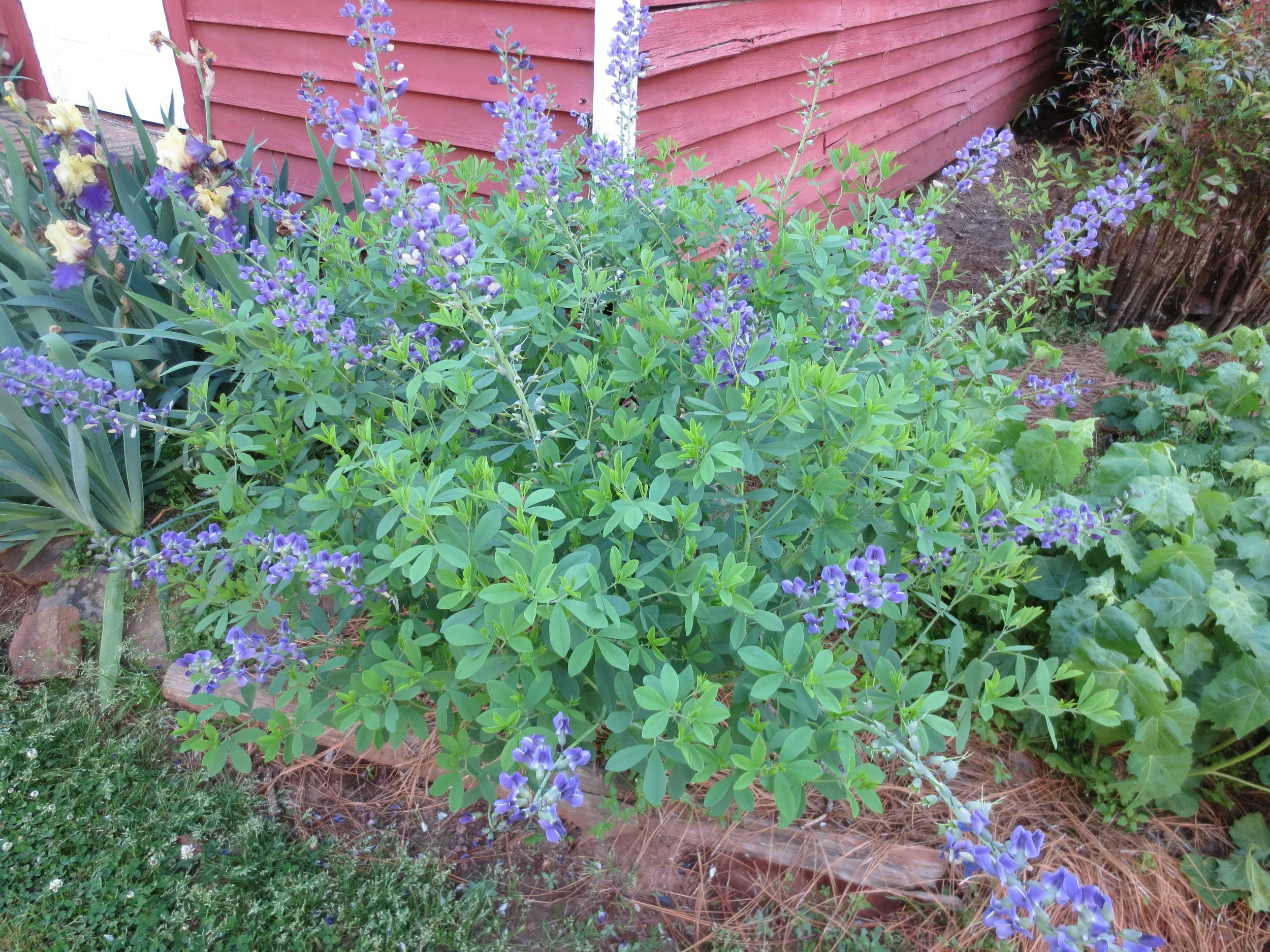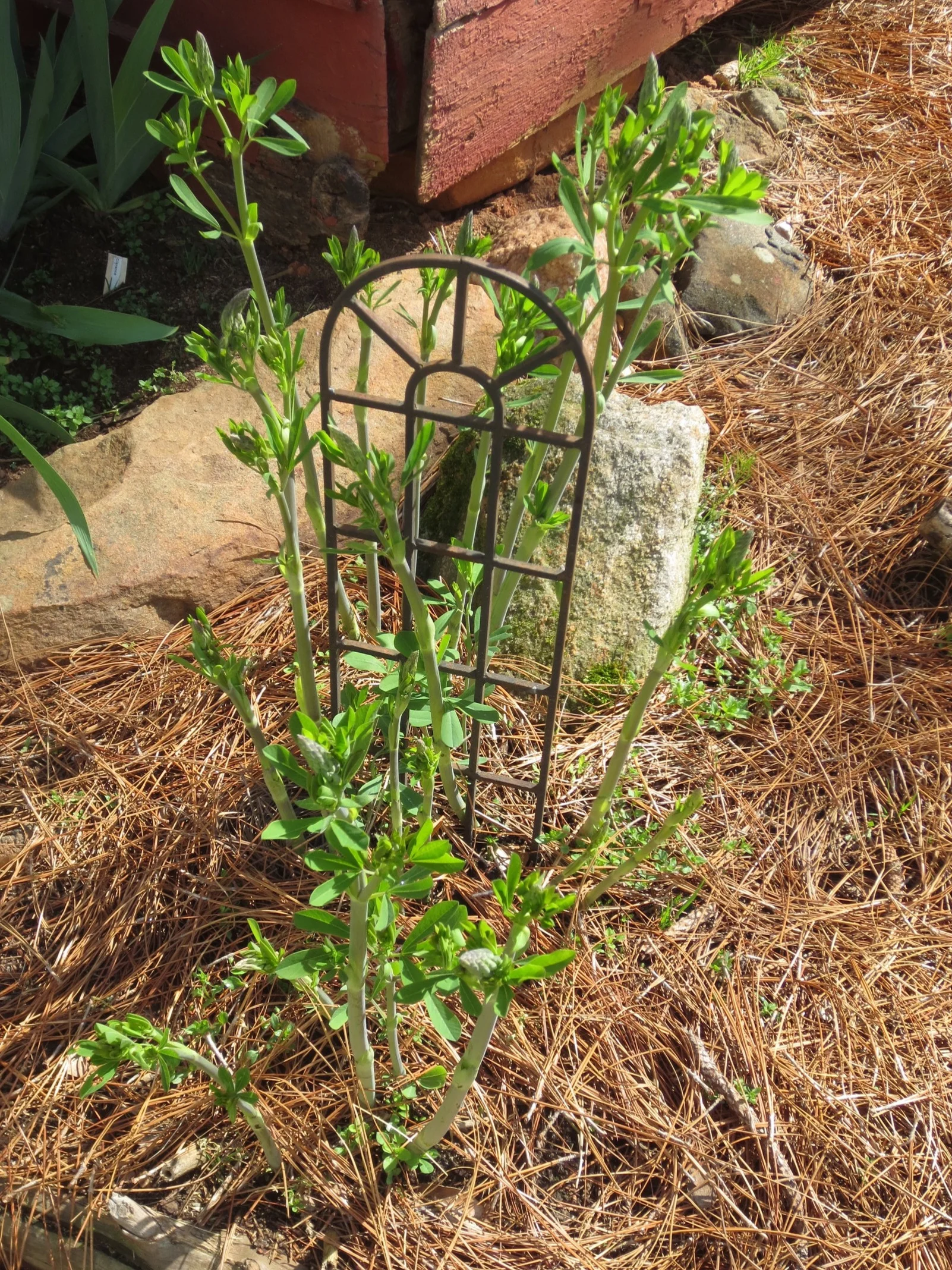One of the common names for Lycoris radiata is Hurricane Lily. Other common names are “Magic Lily,” “Naked Ladies,” and “Spider Lily.” Since Hurricane Dorian recently threatened the southeastern US coast, “Hurricane Lily” seems most appropriate. “Magic Lily” and “Naked Ladies” refer to the growth habit. These bulbs put up their foliage in the season opposite to flowering. Those that are in bloom right now push up narrow, grass-like foliage in the spring. During summer, the foliage dies down and naked stems emerge to bloom in September. Some varieties are the opposite, pushing out foliage in autumn and flowering in the spring. “Spider Lily” comes from their long, prominent stamens.
Companies that sell Lycoris bulbs offer conflicting information about planting depth and name pronunciation. Some say Ly-COR-iss; others say LICK-or-iss. Select your favorite. Many sites call for planting depths of 5 inches. Others say that the bulbs should be planted barely under the soil’s surface. I have tried both depths in the Zone 7B Mary Snoddy garden and received much better results from a shallow planning.
Lycoris bulbs resent being transplanted. It takes a couple of years for them to appear at their best. Be patient. The wait is worthwhile. Bulbs look prettiest when planted in groupings rather than a soldier-straight line. Plant 3-6 bulbs per square foot, spaced 4-6 inches apart, in full sun to partial shade. Flower stems reach up to 18 inches in height. They make long-lasting cut flowers.
Lycoris are cold-hardy zones 6-10 and are resistant to pests and diseases. Don’t allow pets or children to eat them because of a mild toxicity.
The long curled stamens of Lycoris.
Lycoris have naturalized in an open meadow.
